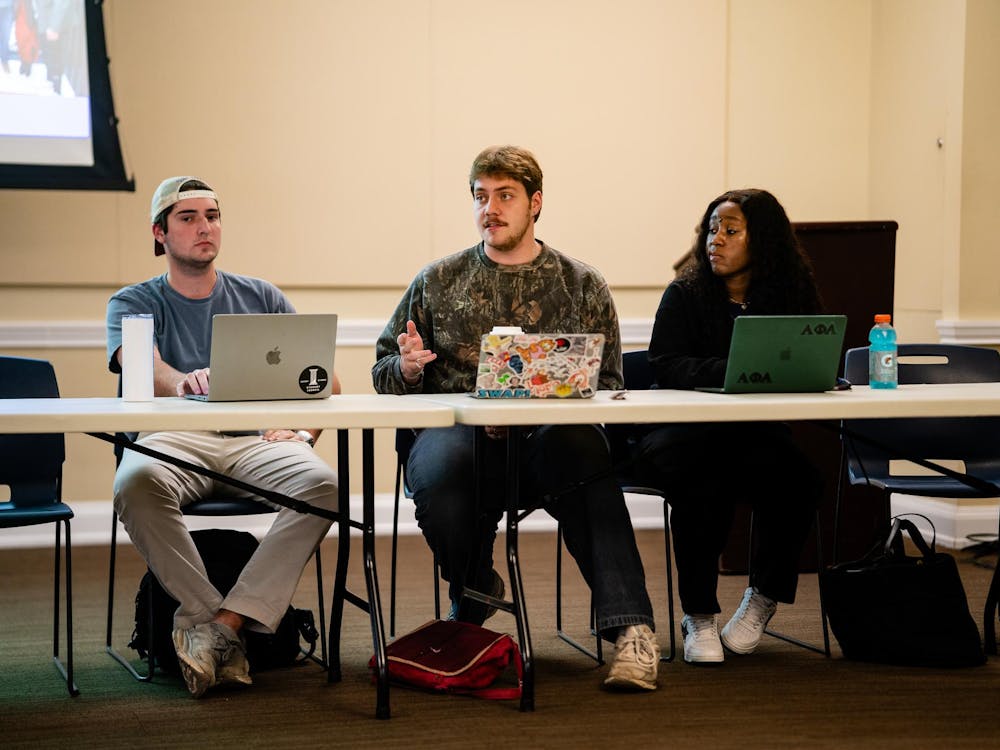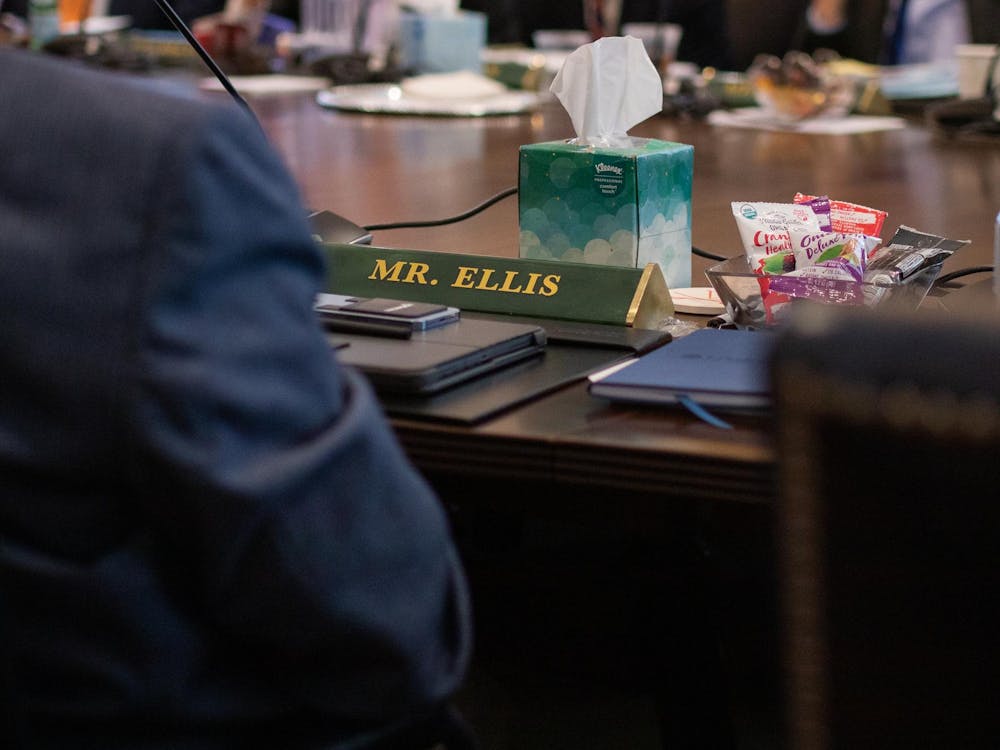The University Transit System is currently considering teaming with Google Transit to display bus routes, Parking and Transportation Director Rebecca White said. Recently, the Charlottesville Transit Service also joined Google to offer the same service.
Google Transit is a trip planning function fully-integrated with Google Maps, CTS Marketing Program Coordinator Kristen Gleason said. Users can input their origin and intended destination to receive a complete itinerary, with step by step directions, public transit schedules, fares and cost savings comparison to driving, Gleason said.
“It interprets the schedule for you,” White said. “You just put in your beginning and ending locations, and it tells you how to go there.”
Under a statewide initiative launched by the Virginia Department of Rail and Public Transit, CTS partnered with Google “to gather and place a vast majority of transit provider information [throughout the commonwealth] on Google,” Gleason said.
She added that Google does not charge for this service.
“This is part of a lot of green initiatives that Google has started,” she said. “It’s an open platform, so they’ve offered this basically as a service to help promote green ideas and green thinking and in this case green transportation.”
In addition to customizing trips, Google Transit may raise awareness about public transit use. CTS’ presence on Google Maps will drive web traffic to the transit service’s Web site, White said.
“It can get people to think about using public transit that might not normally have traveled that way,” she said.
With all these potential benefits in mind, White said the University also has considered partnering with Google Transit. Several concerns, however, could delay such a partnership, she added. Among the most pressing of these concerns is that uploading data to Google Transit actually could be difficult for UTS because of structural differences between the University’s service and the city’s.
“We have lots of different kinds of service, so the upload to Google transit is a little more complex because we have all different service levels,” White said. “CTS has pretty much one service level,” whereas UTS service changes depending on student breaks, hospital hours and other factors.
UTS officials are also worried about Google Map’s functionality with building names, White said. UTS routes are generally tracked using building names, but Google Maps relies on addresses. For example, a user would have to search 1215 Lee Street instead of the University Hospital to get results, White said, adding that she also has some reservations about Google Transit because of the program’s lack of GPS capabilities.
“When we do join Google Transit, we want it integrated with the GPS,” White said. “That functionality isn’t there yet.”
While Gleason acknowledged that the lack of GPS integration is a possible drawback to Google’s system, she said Google Transit complements the other information services CTS already offers. Additionally, Google is looking at incorporating a real-time GPS tracking feature in the future, Gleason said.






